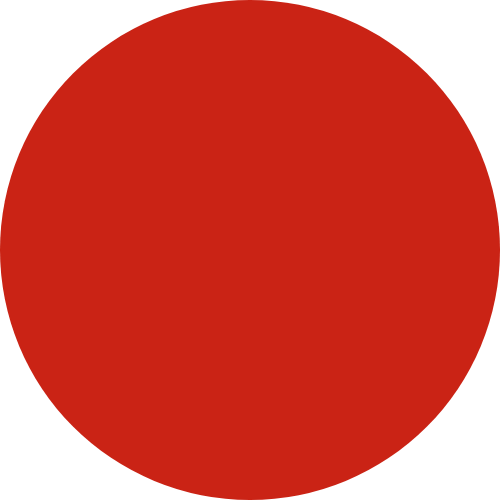After DIYdays LA and first steps into documenting WSWP and Robot Heart Stories, the idea stuck to create templates for such co-creative processes, a structure that allows for adaptation and creative re-use. The idea of adapting Christopher Alexander’s approach to design pattern language excited me a little. At its core such a language consists of vocabulary, syntax and grammar. Complex activities beyond mere communication can be expressed in a symbolic language. A good co-creative pattern language would have to be in harmony with physical, social and technological culture.
Alexander suggests to break processes into sequences – each an algorithm about process – that are abstracted and can be followed intersubjectively. A sequence is designed in an order that helps for processes to unfold in the right steps, that clarifies which decisions have to come first and how practices are hierarchized. Such a model could be adaptive and tied to narrative structure. Having the collaborative experience on Robot Heart Stories as a first prototype to build upon would help to iterate and develop a solid foundation for a second instalment.
Fiorella de Cindio at RCM in Milan develops rules for online collaboration with a group of colleagues. In an upcoming paper with Douglas Schuler, she points out that deliberation and decision-making is tricky in dispersed workflows and needs more attention. They are looking at all kinds of protocols that are in place for IRL meetings, such as Robert’s Rules of Order, Citrine’s ABC of Chairmanship or Open Space Methods, to model off a system that could structure collaborative exchange online.
So much to think and do. Fun.
